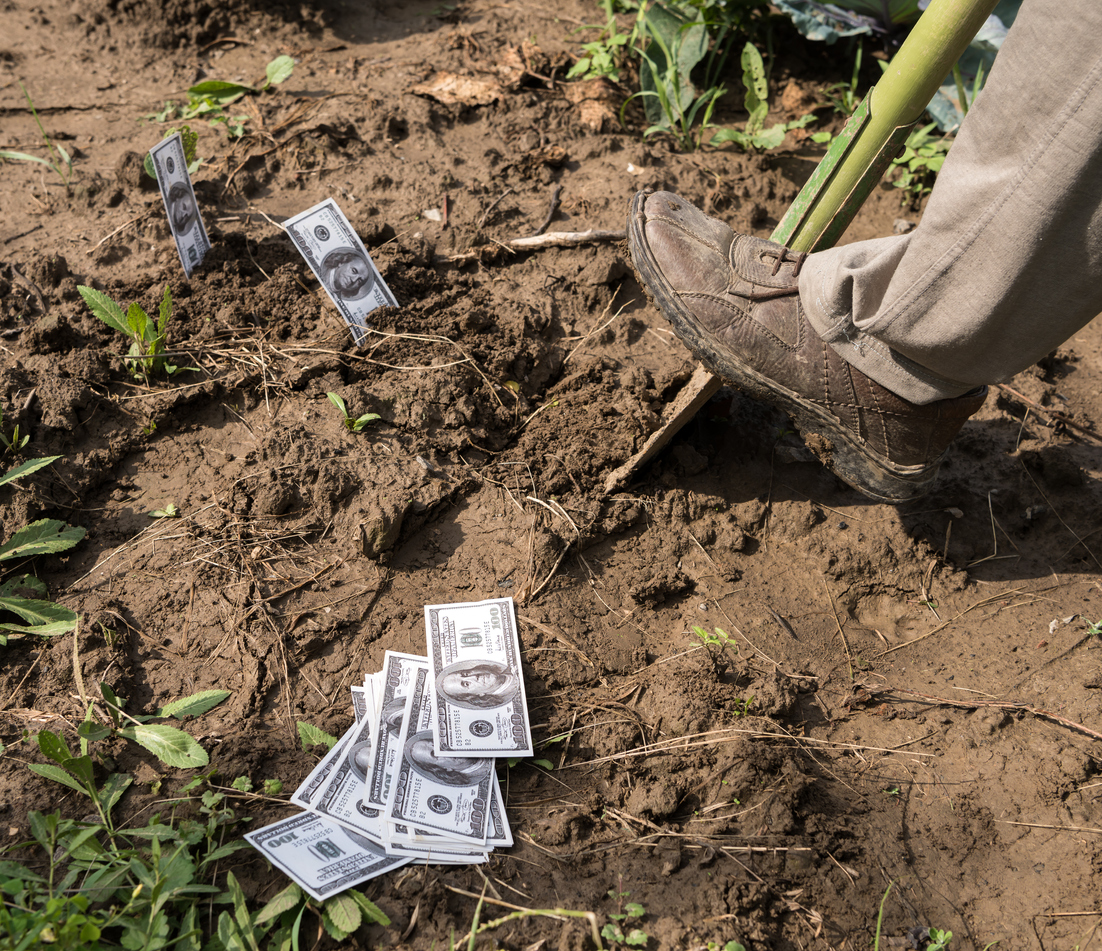Congressional legislation like the Opportunities for Fairness in Farming (OFF) Act imply both a misunderstanding of how federal checkoff programs function and why they exist.
The OFF Act suggests federal checkoff programs are simply a means for further consolidation of “industrial agriculture” and federal agricultural lobbying organizations. However, the structure of each checkoff belies that notion.
Checkoff programs are federal marketing and research programs funded entirely by the producers of 22 commodities in the United States. In addition to eggs, beef, and milk, there are checkoff programs for Christmas trees, cotton, paper and packaging products, avocados, potatoes, and more. In addition to federal checkoff programs, several states operate independent “qualified” state councils for various commodities.
Originally, checkoff programs were voluntary with producers “checking off” a box indicating their desire to contribute to the programs. The programs have since evolved, with producer approval, into a mandatory collection of fees to fund promotion and research efforts for each represented commodity.
The fees vary by the commodity. For example, in-shell pecans are assessed $0.02/lb and shelled pecans are assessed $0.04/lb while honey is assessed $0.015/lb from “first handlers or packers and on imported honey or honey products,” but any packers or importers marketing less than 250,000 pounds of honey per year are exempt from paying assessments.
Just like the exception in honey assessments, virtually every checkoff has carveouts for small producers or other details to recognize variations in each industry covered by a checkoff. No two checkoff structures are identical, and each checkoff is tailored specifically to an industry.
Tailoring checkoffs to an industry could be challenging if checkoff boards were far removed from production. But they aren’t.
Checkoff boards are largely comprised of producers and other people directly involved in the purchase, marketing, or distribution of a given commodity. For example, the Highbush Blueberry Council is made up of 12 producers, four importers, two foreign exporters, one first handler, and one public member, for a total of 20 members. The Mushroom Council is considerably smaller with nine members, eight of whom are producers with the final position being held by an importer.
Each checkoff council must be as diverse as possible, reflecting the diversity of each industry, according to the U.S. Department of Agriculture’s Agricultural Marketing Service policy. Checkoff councils have several functions including annual budget approval, public outreach, and producer training, based upon what the individual commodity council deems necessary.
There have been legal challenges to checkoff programs that have been heard by the Supreme Court of the U.S. In those cases, the court was often asked to determine if a mandatory collection of marketing funds constituted a violation of free speech when a producer disagreed with the messaging of the checkoff council. The court has largely sided with checkoff councils.
As producers find themselves working harder to find ways to connect with their customers, checkoffs should become more valuable. They are a marketing platform producers already pay for as they participate in the production of commodities consumers buy every day. Whether it is the encouragement to drool over a prime rib or putting kids in the driver’s seat with a popcorn-centric treat, checkoff councils bring consumers a little bit closer to the farmers and ranchers of America in accessible ways.
“The incredible, edible egg,” “Beef! It’s what’s for dinner,” “Got milk?”
Ever wondered what marketing firm came up with the slogans most Americans associate with some of our favorite foods? Those slogans aren’t from marketing firms at all. They are from the producer-funded checkoffs.




